NTSB Claims Half of U.S. Fire Departments Can't Handle EV Fires

The National Transportation Safety Board (NTSB) has been outstanding when it some to destroying whatever illusions we’ve built up around ourselves in terms of automotive security. When the Department of Transportation was claiming advanced driving aids would eventually lead us to a future where car accidents were a thing of the past, the NTSB was there running crash investigations suggesting that those systems were not only error-prone but likely encouraging motorists to become more distracted behind the wheel.
Now its back to burst another bubble. According to data compiled from over a dozen reports, the NTSB believes fire departments are woefully unprepared to tackle hybrid and electric vehicles. The group estimated that roughly half of all American departments lacked any protocols for tackling such fires. Even among those who did, the criteria provided was often quite lax and might be insufficient for suppressing those famously troublesome lithium-ion battery fires.
“Electric vehicle fires can exceed 5,000 F. Applying water or foam may cause a violent flare-up as the water molecules separate into explosive hydrogen and oxygen gases,” FEMA explained before diving into the additional risks of electrical shock, toxic fumes, toxic runoff, and re-ignition.
Tesla has likewise sponsored training that suggests getting a steady stream of water on the battery pack is the best thing for an EV fire. While FEMA and the NTSB agree, they’ve decided that the amount of water used needs to exceed what would have been effective on a normal vehicle fire and should start with having a comprehensive understanding of how electric automobiles are structured. Understanding the nuances of a battery fire also helps the response team avoid electrifying themselves during rescue operations or reigniting the blaze when towing the wreckage away.
According to Bloomberg, the International Association of Fire Chiefs and the National Volunteer Fire Council to survey 32 departments in 2018 to assess the nation’s readiness. Roughly 65 percent of departments said awareness of EVs, training for those types of fires — in addition to a lack of funding — were all obstacles they needed to overcome.
From Bloomberg:
The NTSB began its investigation after a series of crashes in which batteries on EVs, including several cases involving Tesla Inc. vehicles, burst into flames after crashes.
After a March 23, 2018, accident on a California freeway, a Tesla Model X caught fire twice within 24 hours and again six days later.
The NTSB has also documented instances in which firefighters didn’t use the preferred method to fight a battery fire: copious amounts of water to cool overheating power packs and tamp down flames.
The most aggressive fires have involved lithium-based batteries, which can self-ignite and are difficult to extinguish, such as those installed on Teslas.
A regulatory framework has been suggested, especially now that the NTSB believes national preparedness is lacking. But the details have to be ironed out and fitted for departmental training regiments as new tools and tactics are developed. FEMA’s more-generic protocols will have to suffice until then, along with the National Fire Protection Association’s (NFPA) emergency field guide for dealing with alternative energy vehicles.
[Image: Wideweb/Shutterstock]

A staunch consumer advocate tracking industry trends and regulation. Before joining TTAC, Matt spent a decade working for marketing and research firms based in NYC. Clients included several of the world’s largest automakers, global tire brands, and aftermarket part suppliers. Dissatisfied with the corporate world and resentful of having to wear suits everyday, he pivoted to writing about cars. Since then, that man has become an ardent supporter of the right-to-repair movement, been interviewed on the auto industry by national radio broadcasts, driven more rental cars than anyone ever should, participated in amateur rallying events, and received the requisite minimum training as sanctioned by the SCCA. Handy with a wrench, Matt grew up surrounded by Detroit auto workers and managed to get a pizza delivery job before he was legally eligible. He later found himself driving box trucks through Manhattan, guaranteeing future sympathy for actual truckers. He continues to conduct research pertaining to the automotive sector as an independent contractor and has since moved back to his native Michigan, closer to where the cars are born. A contrarian, Matt claims to prefer understeer — stating that front and all-wheel drive vehicles cater best to his driving style.
More by Matt Posky
Latest Car Reviews
Read moreLatest Product Reviews
Read moreRecent Comments
- THX1136 What happened to the other companies that were going to build charging stations? Maybe I'm not remembering clearly OR maybe the money the government gave them hasn't been applied to building some at this point. Sincere question/no snark.
- VoGhost ChatGPT, Review the following article from Automotive News: and create an 800 word essay summarizing the content. Then re-write the essay from the perspective of an ExxonMobil public relations executive looking to encourage the use of petroleum. Ensure the essay has biases that reinforce the views of my audience of elderly white Trump-loving Americans with minimal education. Then write a headline for the essay that will anger this audience and encourage them to read the article and add their own thoughts in the comments. Then use the publish routine to publish the essay under “news blog” using Matt Posky listing the author to completely subvert the purpose of The Truth About Cars.
- VoGhost Your source is a Posky editorial? Yikes.
- Fed65767768 Nice find. Had one in the early-80s; loved it but rust got to it big time.Still can't wrap my head around $22.5K for this with 106,000 km and sundry issues.Reluctant (but easy) CP.
- El scotto err not be an EV but to own an EV; too much training this week along the likes of what kind of tree would be if you were a tree? Sorry. Bring back the edit function.



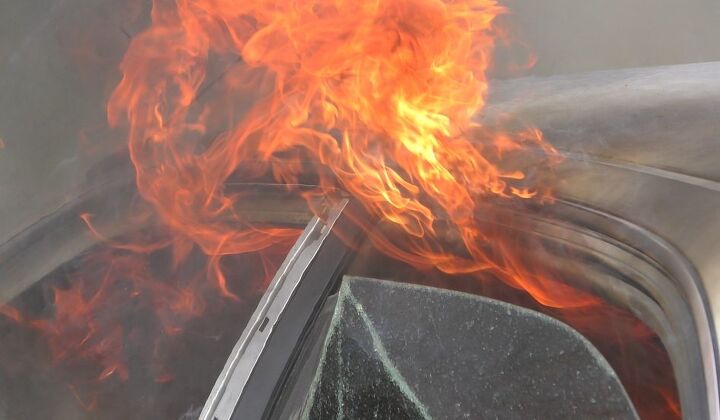















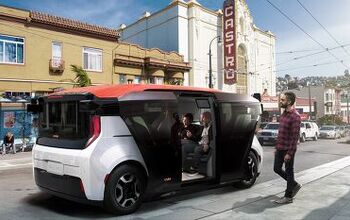
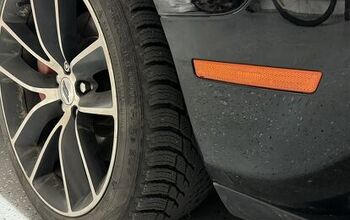
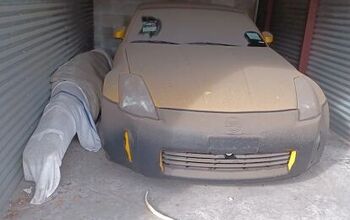



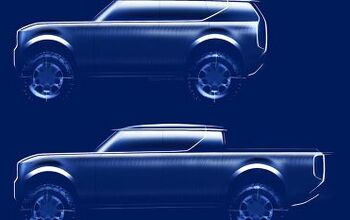
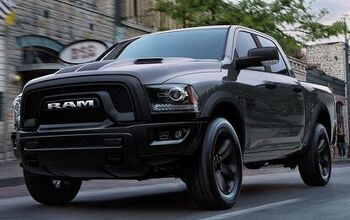

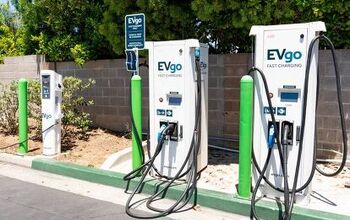
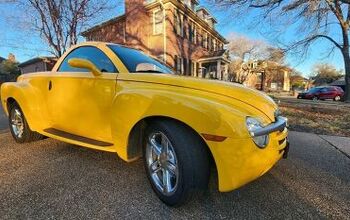
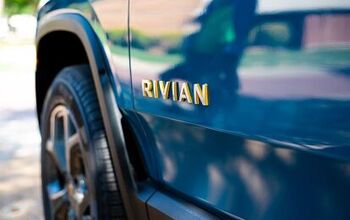
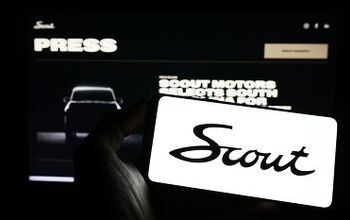


Comments
Join the conversation
Not surprising, as this has been an ongoing issue. One complicating factor is that the high voltage wiring {always orange, by the way) can be located anywhere in the car, especially with AWD. I suspect the increase in energy density of battery packs will make the problem worse. But still, it's worth noting that while battery fires are hot and all-consuming, they aren't explosive like gasoline. That Model X cited in the story was torn in half, demonstrating how hard it is to actually breach the battery case.
Nice to see that folk here are understanding, unlike another automotive website I visit.